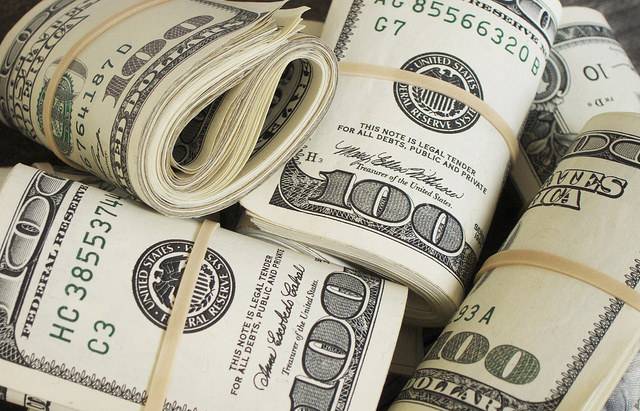In the annals of economic history, the invention of paper money stands as a testament to human ingenuity and the evolution of commerce. While coins had long been the predominant medium of exchange, the advent of paper money revolutionized the way people conducted transactions, paving the way for modern financial systems. The journey of paper money begins with ancient civilizations and unfolds through centuries of experimentation and refinement.
The concept of paper money can be traced back to ancient China, where the use of paper receipts for transactions dates as far back as the Tang Dynasty (618–907 AD). During this period, merchants and traders faced the challenge of carrying large quantities of heavy metal coins for trade, leading to the development of "flying cash" or "jiaozi" – paper certificates that represented a certain value of coins deposited with trustworthy brokers. These early forms of paper money provided convenience and security, laying the groundwork for future innovations.
The Song Dynasty (960–1279 AD) witnessed further advancements in paper money with the issuance of government-backed promissory notes known as "jiaochao." These notes were widely accepted in trade and taxation, effectively functioning as a fiat currency backed by the authority of the ruling government. However, the use of paper money in China was not without its challenges, as periods of inflation and counterfeiting prompted the government to periodically suspend or reform its monetary system.
Meanwhile, in the Islamic world, paper money emerged independently during the medieval period. The first recorded use of paper currency can be traced to the Fatimid Caliphate in Egypt during the 9th century. These early Islamic banknotes, known as "sakks," were used to facilitate long-distance trade and served as a precursor to modern banknotes. The stability and widespread acceptance of Islamic paper currency contributed to the flourishing trade networks of the medieval Islamic world.
In Europe, the adoption of paper money was a gradual process influenced by trade, commerce, and the rise of banking institutions. During the late Middle Ages, Italian city-states such as Venice and Genoa issued paper bills of exchange to facilitate trade between merchants. These bills, backed by reputable banking houses, enabled merchants to conduct business without the need for bulky coinage. The success of these early financial instruments paved the way for the establishment of modern banking practices and the eventual issuance of paper currency by European monarchs and governments.
The transition to widespread use of paper money in Europe occurred during the 17th century with the rise of the first central banks. The Bank of England, founded in 1694, played a pivotal role in the issuance and regulation of paper currency in England. The bank issued banknotes backed by its reserves of gold and silver, providing a stable medium of exchange that facilitated domestic and international trade. Other European nations followed suit, establishing their own central banks and issuing paper currency backed by precious metals or government guarantees.
The 20th century witnessed further evolution in the form and function of paper money with the transition to fiat currency – money that is not backed by a physical commodity but derives its value from the trust and confidence of the public. The decoupling of currency from precious metals enabled governments to exert greater control over monetary policy and respond more flexibly to economic conditions.
Today, paper money coexists alongside digital forms of currency in a global economy characterized by rapid technological advancement and financial innovation. While the future of money may be increasingly digital, the history of paper currency serves as a reminder of the enduring role of innovation and adaptation in shaping the evolution of commerce and finance. From its humble origins in ancient China to its ubiquitous presence in modern economies, paper money remains a symbol of human creativity and resilience in the pursuit of economic progress.


